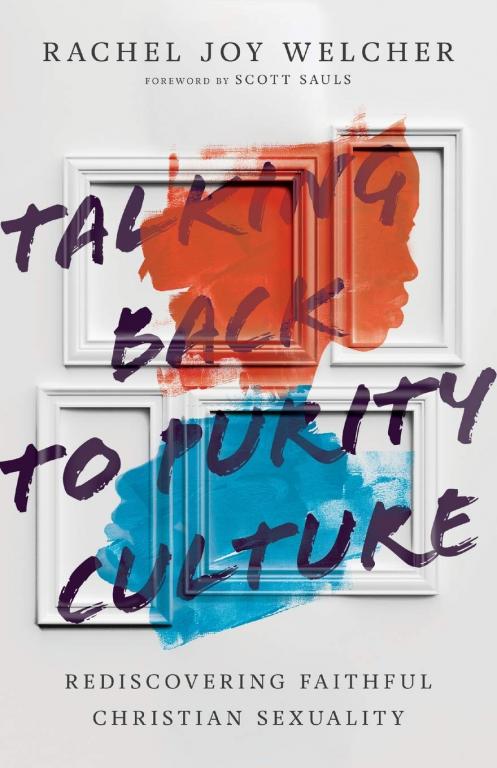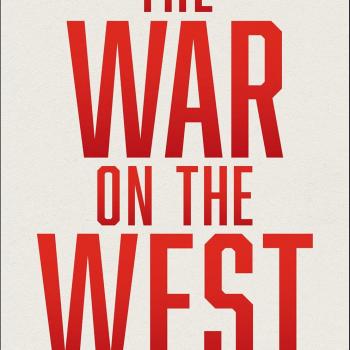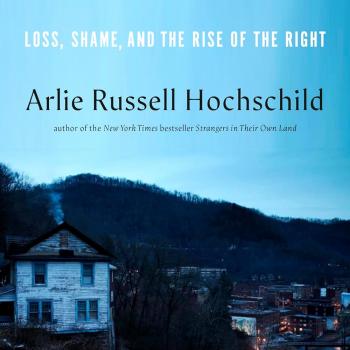Today’s guest post comes from Carrie Vaughn. See her bio below. She offers a helpful review of Rachel Welcher’s new book Talking Back to Purity Culture: Rediscovering Faithful Christian Sexuality. Previously, I addressed “purity culture” here.
The Imago Dei concerns both our bodies and our relationships with others, regardless of gender, so says Rachel Joy Welcher. In Talking Back to Purity Culture, she does a masterful job investigating all manner of purity culture.
Welcher grew up in the trenches of purity culture and in her early twenties found herself divorced and questioning the purity rhetoric she had internalized. She draws from various books and interviews. Her examples of purity culture rhetoric help readers understand how pervasive, explicit, and implicit the messages are.

While she has stern words for the purity rhetoric coming out of the 1990s, she keeps a generous, evangelical lens in place. Welcher says,
“My desire to reevaluate purity culture teachers is out of love for the church, not a vendetta against her” (p. 9).
Her assertions are balanced and thorough. She opens up personally, sharing from her own life to allow us to understand how her divorce, absorption in purity culture, and interactions with community led her to a place of generosity toward herself and others.
When abstinence education got in bed with government funding, appeals to Scripture were thrown on the floor.
“Strategies for attracting teenagers to chastity had to focus more on individual benefits and consequences than the glory of God” (p. 23).
Extra-biblical promises of a good marriage, amazing sex, and a bundle of children would make abstinence worth it. This promise-making is where the purity culture went off-roading. Teens committed to the delayed gratification of an incredible married life. Many who had signed the commitment cards and faithfully wore purity rings were left disappointed when sex was uncomfortable and marriage got hard. This type of rhetoric also pushes same-sex attracted, trans, abuse victims, singles, and others further towards the margins of the church.
Welcher proposes,
“Maybe one reason people leave the church is because we tell them purity is about sex, when really it should be about God” (p. 94).
Throughout purity culture books and teachings, the battle imagery is well-worn. Welcher examines such themes, including warriors, fighting, and waging war, especially as they relate to men and purity. This vocabulary quickly sets up a posture of being the brave warrior who not only wins the lust war but wins the princess as well.
“In purity rhetoric for men, women are often depicted as damsels in distress but also damsels causing distress” (p. 60).
She acknowledges that lust is a struggle for many men (and women), but she also pulls forward the emphasis on personal responsibility that has been missing in the purity discussion. Men seem to have received a free pass on doing the deep heart work of giving into lustful temptation. We give boys and their parents an excuse by saying, “Well, boys will be boys.” It’s as if we’ve collectively agreed that certain behaviors are expected and even endorsed as defining maleness.
If men’s purity is directly related to women’s behavior, this means that women must think about her shirt being too low, her skirt being too high, her gaze being too long, and her laugh being too loud. In these conversations about purity, moral responsibility falls on the woman to act appropriately. If she fails in any of these areas and becomes a victim of sexual assault, the fault was mostly on her.
“What this communicates is that, if it happens, he was ‘being a guy’ and she ‘should have known better’” (p. 116).
There’s an assumption in the church that people get married and start having babies around 25-35 years of age. Welcher mentions,
“Sure, we want them (singles) to experience our joy, but if we’re honest with ourselves, we also want the convenience of sameness” (p. 69).
Many churches don’t understand how to fully integrate singleness into the deep waters of the church body. Typically relegated to singles mixers and Bible studies, the church is missing a huge opportunity for communal synergy. We have grown so accustomed to sectioning off our community time by age and seasons of life that we are no longer learning from people different than us. Welcher even challenges the church’s assumptions by asking,
“We need to ask ourselves why the church views singleness as a problem to solve” (p. 70).
Purity culture impacts how many of us interpret Scripture. Some sermons tell us Bathsheba was a temptress. Welcher asks all of us to take a step back and think through the entire situation. Would Bathsheba have been able to say “no”? David was king and obedience was assumed. We will never know. Key details are left out of Scripture, but we do know Bathsheba was summoned by David. And in that summoning, they slept together. It seems reasonable to think this could’ve been sexual assault. This example should at least give us pause and evaluate just how pervasive purity culture impacts the way we read Scripture and interpret the actions of people around us.
As the book concludes, there’s a brief discussion on how we can approach our children with a healthier version of sexuality. One way outlined is to use anatomically correct words. While we might want to infantilize the vocabulary, it short-circuits children’s ability to communicate aches, pains, sensations, and abuse. The conversation should happen in our nuclear families and our church families. The discussion about sex shouldn’t be taboo in either home.
Following each chapter are several questions to work through and an activity to engage with. The idea is that these are not done by individuals in isolation. Churches and families need to make these discussions well-rounded and communal. This book is a great place to start.
Carrie and her family lived in East Asia for most of her adulthood and now resides in the States. She is the author of Redefining Home: Squatty Potties, Split Pants, and Other Things that Divide My World and co-hosts the podcast Women with Questions.
Her previous post (A Plea to Mission Agencies) was one of our most popular guest posts ever on this site.















